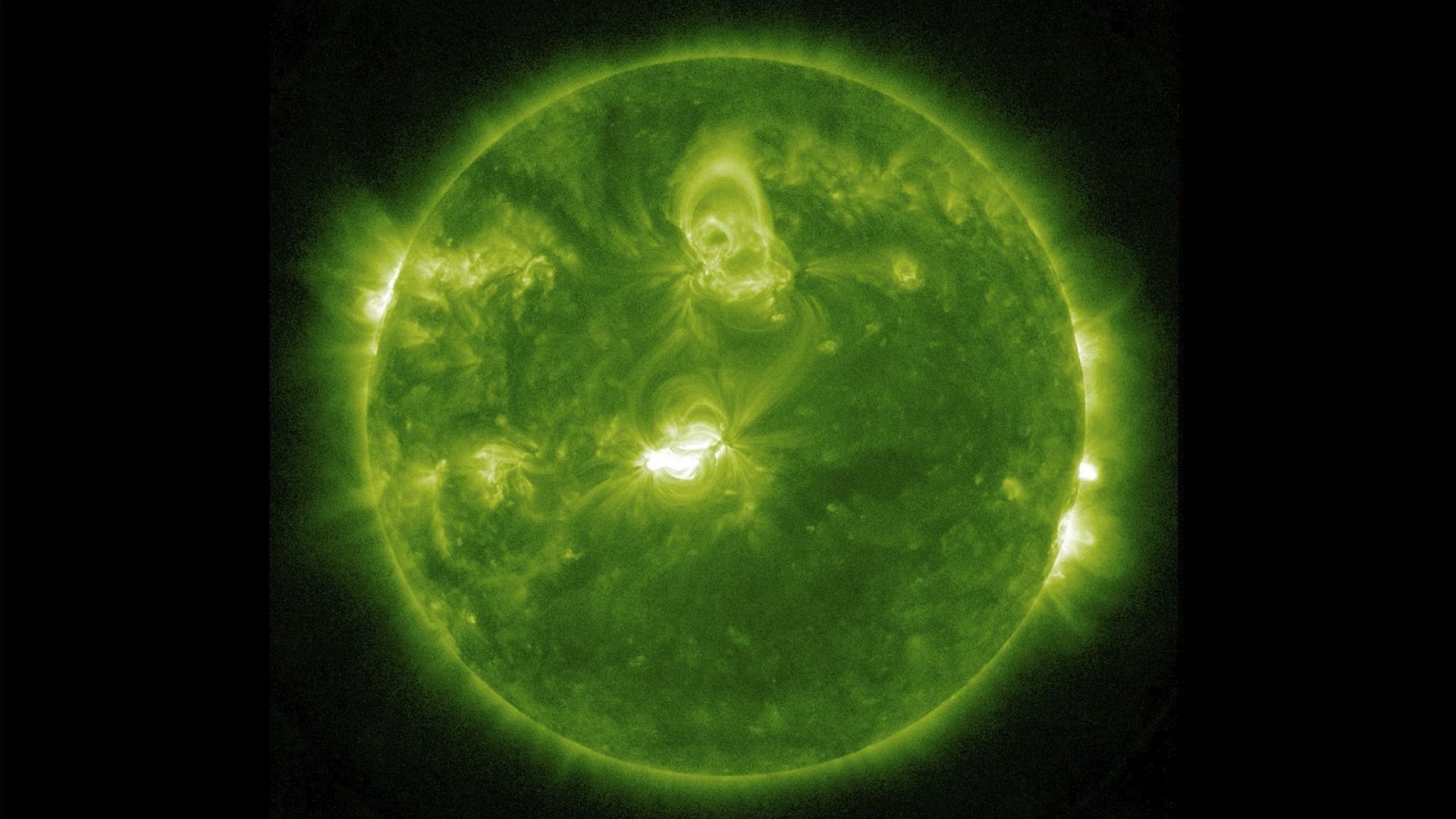Solar storm warning today,Geomagnetic storm Wikipedia,Black Death,Geomagnetic storms 2024, Space weather forecasters are anticipating a significant event on Monday as solar flares are expected to reach Earth, potentially causing a geomagnetic storm and the appearance of the Northern Lights. This phenomenon, while captivating, may also lead to disruptions in radio communications on our planet, particularly affecting high-frequency transmissions. However, there’s no need for public alarm, as highlighted in an alert issued by the US’ National Oceanic and Atmospheric Administration’s (NOAA) Space Weather Prediction Center in Boulder, Colorado.
Geomagnetic storms 2024
The solar flares, originating from bursts of plasma on the Sun’s surface, could pose challenges for various systems, including satellite operations and power grids. While satellite operators may encounter difficulties in tracking their spacecraft, power grids might experience some induced current in their lines. Nevertheless, these challenges are expected to be manageable, with contingency measures in place.
For enthusiasts eager to witness the Northern Lights, the solar flaring presents an excellent opportunity for aurora viewing, especially for those situated at higher latitudes with clear skies. Jonathan Lash, a forecaster at the NOAA’s Space Weather Prediction Center, encourages individuals to take advantage of this celestial spectacle.
The heightened solar activity is part of the sun’s natural cycle, with its magnetic field flipping every 11 years, leading to fluctuations in solar activity. Currently, we are nearing the peak of this cycle, known as the solar maximum, during which geomagnetic storms like the one expected on Monday occur more frequently. In contrast, during periods of solar minimum, such storms are less common, occurring only sporadically over several years.
In addition to the solar flares, skywatchers have another celestial event to look forward to: the passing of comet 12P/Pons-Brooks, described as the “brightest” comet, which will make its closest approach to Earth in 71 years. This rare event provides an exciting opportunity for astronomy enthusiasts to witness a remarkable celestial phenomenon.






